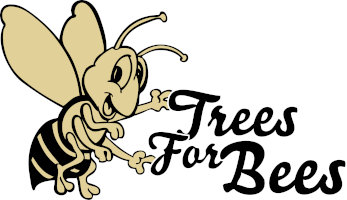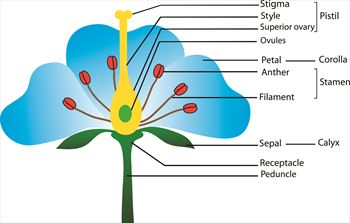
Introduction to the Trees for Bees Flower Catalogue
Part One of the Trees for Bees Flower Catalogue features superior pollen and nectar providing plant species for bees in New Zealand. Part One is called the ‘Star Performers’ series becasue it is designed to show the best of the best in bee plants for New Zealand. Each selected plant group has been investigated in the field by our team and used extensively in our Demo Farms. Most of the Star Performers solve a problem at some time of the year when there is pollen or nectar dearth.
The plants that rank as star performers maximise bee nutrition by having any combination of one or more of these six great features:
1. the plant flowers at a time of pollen or nectar dearth (e.g., spring, autumn and even winter)
2. the plant flowers profusely with high density and large quantity of flowers per plant
3. each individual flower delivers large quantities of pollen or nectar; even though such plants may have few flowers per tree
4. the flowers deliver high quality pollen nutrition (e.g., high crude protein content)
5. the flowers give bees easy access to pollen and nectar for better foraging efficiency
6. the flowers are highly attractive and preferred by bees
When ranking star performer bee plants we focus on the time of flowering and on the nature of the flower in relation to the bee’s ease of access to the pollen and/ or nectar, so it is helpful to understand flower structure to see how bees are able to ‘work the flower’.
Flower structure follows a pattern. The flower parts are usually arranged in concentric circles with the pistil in the centre surrounded by one or more whorls of stamens bearing pollen, then the next whorl towards the periphey of the flower is of petals and then after that sepals.
Any of these parts may be modified or absent in a flower especially in unisexual flowers. The nectar is produced in a nectary which can be anywhere—at the base of the pistil or stamens, on the petals, or even outside the flower (extrafloral nectaries). The nectary may be an obvious structure or inconspicuous and subtle. It is absent in flowers that produce only pollen and no nectar. The names of the flower parts are illustrated in the diagram here and explained in the glossary.
